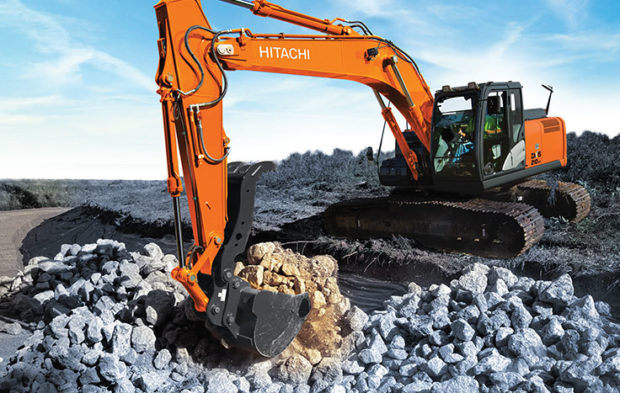The excavator is arguably the best piece of construction equipment that has ever been invented. As a matter of fact, an excavator is a jack of all trades. You can use it to dig trenches, demolish a house and even dig holes among many other tasks. An excavator owes its performance to a combination of a few major parts without which it becomes useless. You can’t afford to neglect an excavator because you might have to break the bank to replace it. It’s therefore recommended you keep an eye on the parts outlined below to ensure that your equipment remains in good working condition.

1.Electrical System
The electrical system of an excavator gets its power from a battery that is similar to that of a car. The battery actually contains 12 volts of DC that is transmitted to various mechanisms via cables. The engine of an excavator can’t start without a battery in place. You should inspect electrical cables to ensure their insulation is intact. When the insulation of these cables is torn, it can trigger electric shots that can reduce your excavator to ashes. You can keep such electric faults at bay by ensuring that the cables are housed in a trunk to prevent them from hanging loosely. You should also keep the battery terminals clean because dirt creates a barrier between the connectors and the terminals.
2.The Undercarriage
The undercarriage is actually the backbone of the excavator. The undercarriage features the excavator tracks that allow the equipment to move from one point to another. These tracks are usually made from rubber material to make them withstand extreme conditions. If the tracks wear out, your equipment is likely to malfunction. The suspension of the tracks should be examined almost everyday to ensure it’s not too tight or loose. When the suspension is tight, it will make the tracks vulnerable to damages such as cuts and tears. Besides that, a loose suspension will also cause the track motors to malfunction.
3.Lubricant
Lubricant solutions prevent the moving parts from grinding like teeth. If the engine runs out of lubricant, most of the moving parts including the engine will eventually be damaged due to rubbing against each other. The good thing is that you can tell when you need to refill the lubricant by checking the indicator levels. You should therefore apply grease on a regular basis to the boom, cylinders, blades and bearings.
4.Fuel
An excavator can never function without fuel. You should keep checking the fuel indicator on the dashboard so that you can refuel before the tank runs dry. If you don’t refuel on time, the equipment will definitely come to a halt. Most excavators run on either petrol or diesel engines. And since you can’t switch between the two types of fuel, you have to refill using the recommended type. If you will want to use the equipment for many hours, you should fill the tank to the rim to make sure it’s enough to last throughout the job.
5.Filters
An excavator comes with many filters for sieving air, oil and hydraulic solutions. The filters trap all the debris and dust that is contained in the air to make sure the oil remains free from contaminants. If these contaminants go beyond the filter, they will eventually cause the engine to break down. It’s therefore advisable that you change the filters once in a while to guarantee the efficiency of the equipment. A filter that is dirty causes heat to build up in the engine because air can’t circulate freely.



